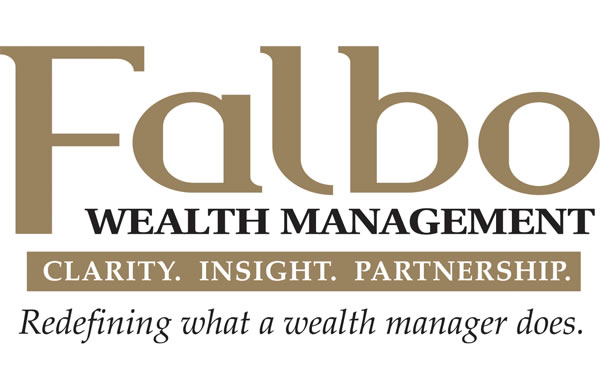As you transition into retirement, one of the most critical decisions you’ll face is managing your retirement savings to support your lifestyle for the long haul. It’s not just about crunching numbers—it’s about making sure your savings deliver the financial security and confidence you’ve worked so hard to achieve as you enter this new chapter of life. A sustainable withdrawal strategy can help you achieve that balance, allowing you to enjoy your retirement without worrying about outliving your money, and providing a sense of reassurance and security.
Understanding the 4% Rule
The 4% rule is a common starting point for retirees, suggesting you can withdraw 4% of your savings annually, adjusted for inflation, to make your money last about 30 years. While it’s a useful guideline, retirement is highly personal, and what works for one person may not work for another. [1]
Your lifestyle goals, health, and potential expenses like healthcare or travel can all influence how much you should withdraw. The key is to tailor your withdrawal strategy to fit your specific needs.
The Bucket Strategy: A Structured Approach to Withdrawals
One effective way to manage your withdrawals is through the bucket strategy. This approach involves dividing your retirement savings into different “buckets” based on when you’ll need the funds, offering both structure and security. Here’s how it works:
- Short-Term Bucket: This bucket holds enough cash and cash equivalents to cover your living expenses for the first few years of retirement. It provides the liquidity you need during market downturns without forcing you to sell investments, thus protecting your long-term financial security.
- Medium-Term Bucket: This bucket is focused on bonds and income-generating investments, offering a steady income stream and moderate growth to replenish your short-term bucket as needed. Bonds generally carry less risk than stocks, making them a reliable income source in retirement.
- Long-Term Bucket: This bucket is invested in equities and growth-oriented assets, designed to provide long-term growth to combat inflation. Even in retirement, having part of your portfolio focused on growth is crucial to maintaining your purchasing power over time.
By organizing your savings this way, you can systematically draw down your funds without worrying about market fluctuations or outliving your savings.
Flexibility: Adapting to Market Conditions
Life and markets are unpredictable, so your withdrawal strategy needs to be flexible. During strong market performance, you might take a larger withdrawal to enjoy gains. In downturns, it’s wise to reduce withdrawals to protect your portfolio and allow time for recovery.
Adjusting based on market conditions can help extend the life of your retirement savings, ensuring you meet your financial goals despite volatility.
Incorporating Guaranteed Income Sources
Another critical component of a sustainable withdrawal strategy is incorporating guaranteed income sources like Social Security, pensions, or annuities. These steady income streams aren’t affected by market volatility, reducing the pressure on your investment portfolio and allowing you to enjoy retirement with confidence. For example, Social Security can cover essential expenses, while portfolio withdrawals can be reserved for discretionary spending.
Planning for Taxes and Healthcare Costs
Taxes and healthcare are significant retirement expenses that should be factored into your withdrawal strategy. Withdrawals from tax-deferred accounts like IRAs and 401(k)s are taxed as income, reducing your available funds. Healthcare costs also rise with age, making careful planning crucial. A tax-efficient withdrawal strategy—timing and balancing withdrawals across different account types—can help minimize your tax burden and support the longevity of your savings.
Ready to Take the Next Step in Securing Your Retirement?
At Falbo Wealth Management, we’re here to help you create a sustainable withdrawal strategy that enhances your financial well-being and your quality of life in retirement. To get started, download our Your “Second” Life: Retirement Planning Workbook. This comprehensive guide will walk you through developing a clear vision for your retirement, covering essential topics like healthy aging, balancing leisure, and creating financial comfort. After all, knowing what you’re retiring to is the first step in determining how much you’ll need to enjoy the best years of your life.
Let’s work together to make your retirement as fulfilling and worry-free as possible.
Sources:
1. https://www.investopedia.com/terms/f/four-percent-rule.asp
The opinions voiced in this material are for general information only and are not intended to provide specific advice or recommendations for any individual.

